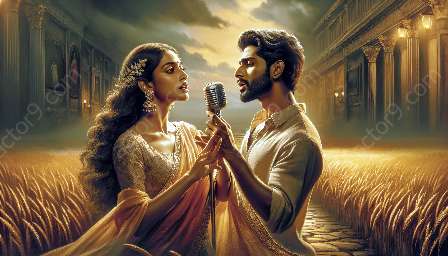When it comes to producing captivating documentaries, the choice of voiceover style is as important as the content itself. Voice actors perform a crucial role in bringing the narrative to life, influencing the overall impact of the documentary. Let's explore the different types of voiceover styles commonly used in documentaries, from authoritative to conversational, and how they can affect the storytelling process.
1. Authoritative Voiceover Style
An authoritative voiceover style is characterized by a commanding, confident, and knowledgeable tone. This style is often used in historical, educational, or scientific documentaries where the content requires a sense of expertise and credibility. Voice actors employing an authoritative style convey a sense of authority and trustworthiness, making them well-suited for documentaries that aim to inform and educate.
2. Narrator Voiceover Style
The narrator voiceover style is a storytelling approach commonly used in documentaries. It involves a balanced, neutral tone that guides the audience through the story without overshadowing the content. Narrator voice actors must possess exceptional storytelling abilities, as they are responsible for engaging the audience and maintaining a consistent narrative flow throughout the documentary.
3. Conversational Voiceover Style
For more intimate or personal documentaries, a conversational voiceover style is often preferred. This style aims to create a sense of connection with the audience, making the viewers feel like they are having a one-on-one conversation with the narrator. Voice actors utilizing a conversational style may adopt a warm and inviting tone, enhancing the emotional impact of the documentary.
4. Character Voiceover Style
In some documentaries, particularly those featuring reenactments or dramatizations, character voiceover styles are utilized. This involves voice actors portraying specific characters within the documentary, bringing them to life through unique vocal attributes, accents, and emotional expressions. Character voiceover styles add depth and authenticity to the storytelling, immersing viewers in the documentary's dramatic re-creations.
5. Engaging and Explanatory Voiceover Style
Documentaries that seek to captivate and educate the audience often rely on engaging and explanatory voiceover styles. Voice actors adopting this style effectively communicate complex concepts in a clear and understandable manner, ensuring that viewers remain engaged and enlightened throughout the documentary. This style combines elements of authority, clarity, and engagement, enhancing the overall viewing experience.
Choosing the Right Voiceover Style
When selecting the appropriate voiceover style for a documentary, various factors, including the subject matter, target audience, and overall tone of the film, must be carefully considered. Voice actors play a pivotal role in understanding the nuances of each voiceover style and effectively implementing them to serve the documentary's narrative. By choosing the right voiceover style, filmmakers can elevate the storytelling experience and create impactful documentaries that resonate with audiences.




























